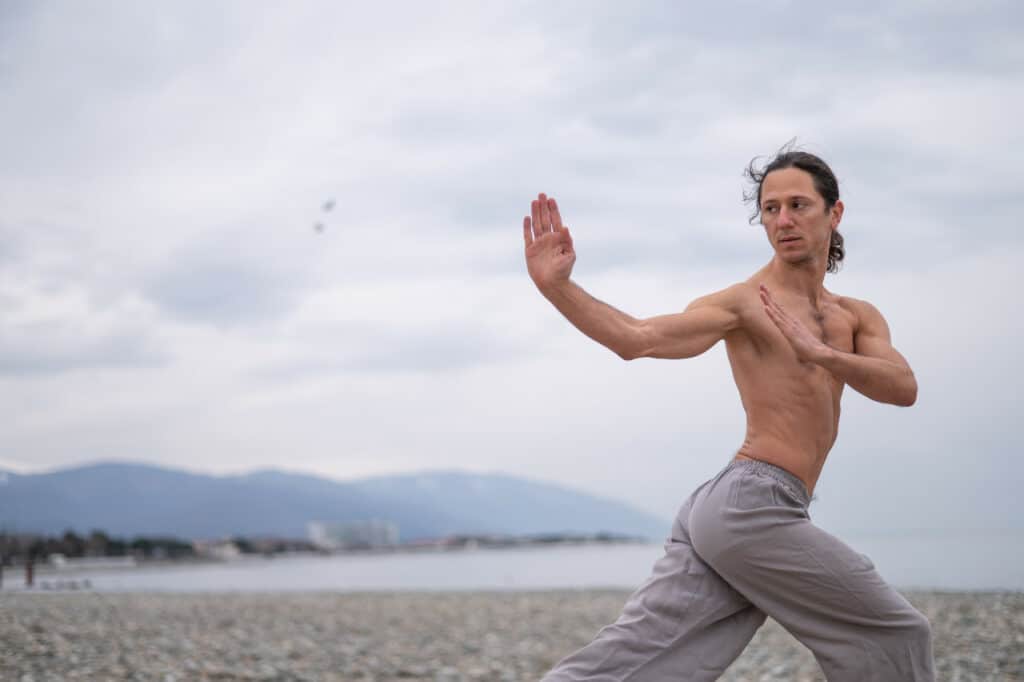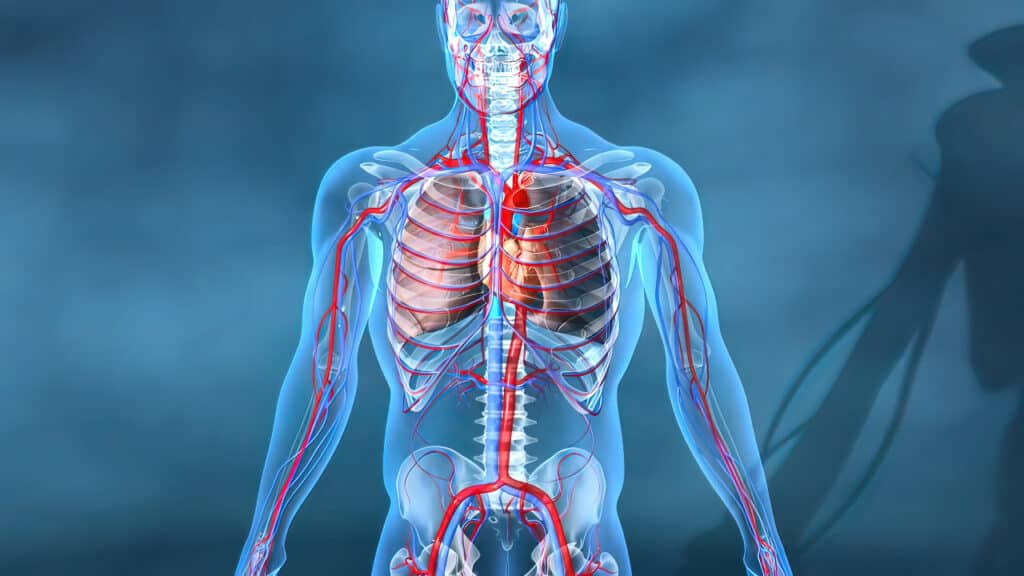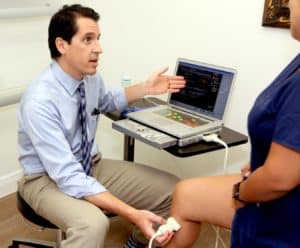Trunk veins are the big major veins that run up and down your body, but they are not necesarilly varicose veins. They include the superior vena cava (SVC), inferior vena cava (IVC), azygos vein, and hemiazygos vein are all trunk veins. These connect to the heart and carry blood to it from all over your body.
Superior Vena Cava
The SVC starts in your heart as a large tube called the venous atrium or upper chamber of your heart. It then passes through a right atrioventricular valve before traveling to your lungs via a lung called the pulmonary trunk. It returns to your heart through an opening between two chambers called an interatrial septum or partition wall between them, where it joins with blood from another big tunnel-like vessel called a pulmonary artery from each lung. The resulting combination of blood is called mixed venous blood and blood vessels because it contains oxygenated blood and deoxygenated blood from both lungs.
Inferior Vena Cava
The IVC begins where we just left off: right after mixed venous blood leaves one side of our heart through coronary sinus openings into coronary veins that travel toward the head/neck area where they connect with a jugular vein near neck muscles; jugulars then carry this mixture of oxygenated & deoxygenated blood backward toward lower limb areas until they meet up with inferior vena cava–which then carry all three types back into our hearts again!
Azygos Veins
The Azygos Veins are part of an extensive network found throughout the human body, branching off from ascending thoracic veins near the diaphragm region along the spine & ribs sides, branching the flow of blood upwards towards the head/neck area; then branching further onward into subclavian arteries, which supply the spinal cord tissue located further down along backbone towards lower extremities.

Hemiazygos Vein
The hemiazygos vein drains one side of each lung by joining with its respective pulmonary artery as well as an accessory hemiazygos vessel connecting these two vessels before entering into the right atrium, where they merge with other venous drainage pathways such as coronary
sinus veins or intercostal veins which accompany each intercostal space throughout upper abdomen area extending downwards until reaching bottom ribs which lie directly under them but do not fit within their envelope due to being too small so instead lie outside their boundaries.
How to see trunk veins
If you’re wondering if you have trunk veins, there are two ways to check. If a doctor or nurse is available, they may be able to help by checking your chest x-ray. In the x-ray, the trunk veins will appear as dark areas inside your ribs. The second method involves looking at your veins under fluorescent light; these tend to stand out in a darker blue than the surrounding skin due to their higher amount of melanin.
You can’t see trunk veins just by looking at yourself in the mirror because they’re inside your body. If you want to take a closer look at your trunk veins, ask a doctor or nurse for help.
There are three main types of trunk veins:
- Systemic venous network (SVN) – This is the largest vein system in the body and includes all of your veins that don’t pass through an organ or muscle (like your heart). The SVN starts at the top of your foot and runs up through your leg, pelvis, abdomen, neck, and back before ending near your shoulder blade.
- Venae cavae – These are two large vessels that drain blood from most parts of our bodies into our hearts. They branch off into smaller venules which carry blood to capillaries where oxygen enters red blood cells.
- Saphenous veins – These vessels run down each side of our legs towards our feet, where they connect with varicose veins located on the surface skin layer called a subcutaneous tissue
When to get help if you notice something wrong with trunk veins
See a doctor immediately if you notice pain, redness, or swelling in your upper chest, back or neck. You should also make an appointment if you feel tired or shaky for no reason.
If it’s hard for you to see the trunk veins in you see varicose veins in legs and feet because they’re blocked by fat tissue or covered by skinfolds (such as those around the thighs), then ask someone else to look at them and tell you whether there are any signs of problems.
If someone in your family has had blood clots before and had surgery on their abdomen, this could mean an increased risk of developing DVTs. In this case, talk with a doctor about ways to prevent DVTs from happening again.
If you notice pain, redness, or swelling in your upper chest, back, or neck, talk to a doctor about it. Also, talk to a doctor if you feel tired or shaky for no reason.
You should also seek medical attention immediately if you have any of these symptoms:
- Lightheadedness
- Dizziness
- Fainting
With some knowledge and some common sense, you can be sure that your trunk veins are healthy and working properly. And if they’re not, don’t worry—you’ll know what to do!
Contact us today to book an appointment or to learn more about Trunk Veins. You can also visit our website East Bay Vein Specialists.



